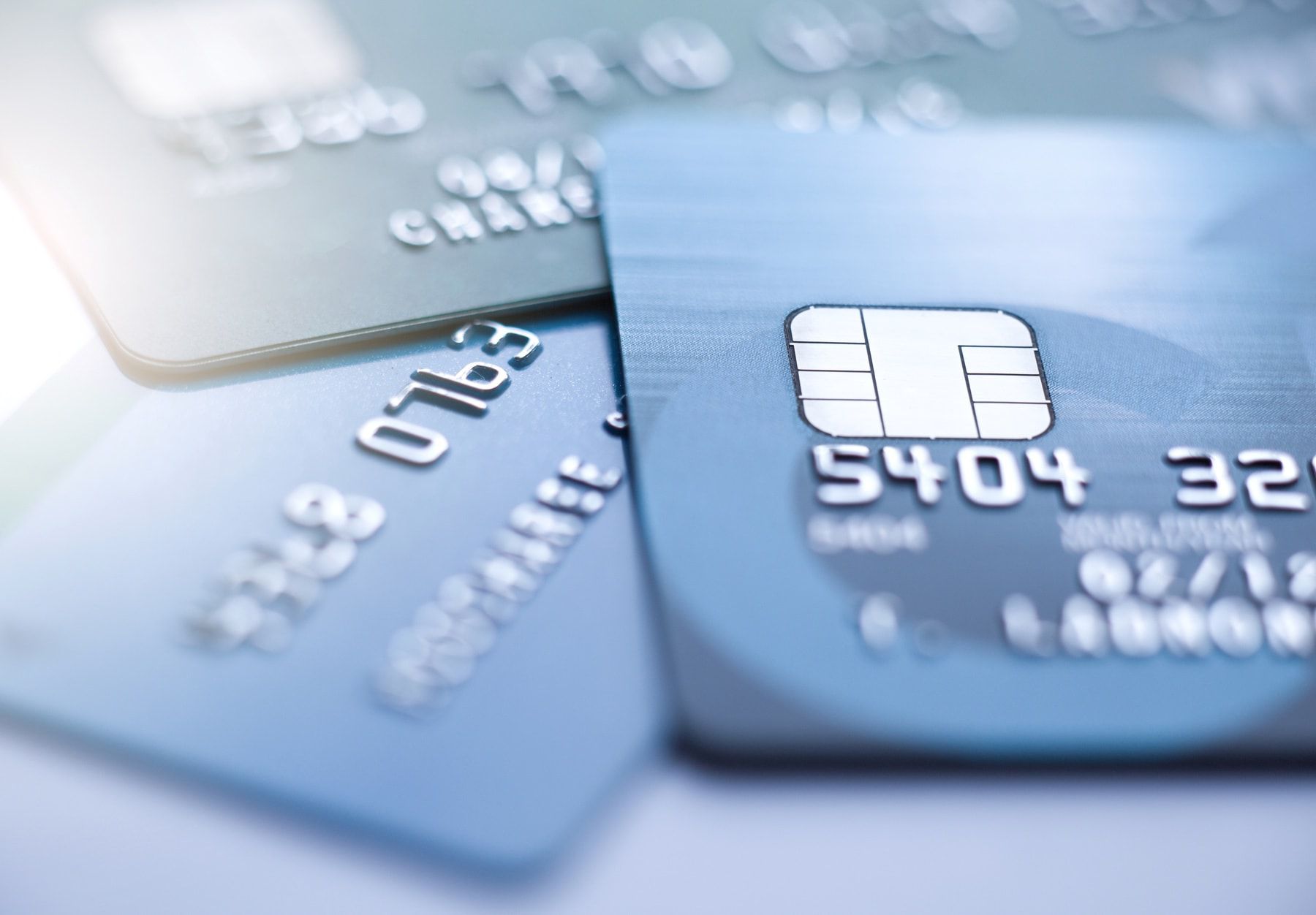Checking accounts come in all shapes and sizes, but banks and credit unions know that seniors and students use their accounts in distinct ways. Many offer student and senior checking accounts to appeal to these consumers, offering features that appeal to these groups like an “oops” for overdrafting (for students) and free checking printing (for seniors).
Student Checking Accounts.
While normally aimed at students ages 18-24, student checking accounts can be available to a wide range of young people. Sometimes these accounts are available to high school students, while many times the account holders just need to fit the age range whether or not they’re enrolled in school. The common features of these accounts include unlimited free check writing, no monthly service fee, and a few non-bank ATM withdrawals each month with no charge from the bank (Note: The ATM surcharge fee generally still applies.). They often offer a simple credit card aimed at students with low maximum balances and relatively simple terms.
Senior Checking Accounts.
Seniors tend to use their debit card less, write more checks, and make withdrawals less frequently than other checking account holders, and the accounts offered to them reflect this difference. Senior checking accounts tend to come with free checks, low or no service charges, and additional features designed to make travel or long-term savings convenient for their older customers. Who qualifies as a “senior” to banks? Unfortunately, it’s not a standardized term, so some banks and credit unions offer these accounts to individuals 50 and older, while others only consider customers 60 and older to be “seniors.” Make sure you fit the age profile before you open one of these accounts.
Is a Student or Senior Account Right for You?
Just because a checking account is aimed at the demographic you fall under doesn’t mean the account is the best option for you. For example, some of these types of accounts may work for you:
Accounts for the Tech-Savvy.
Some banks and credit unions offer accounts aimed at people comfortable with technology, regardless of age. For the tech-savvy or just tech-literate, PNC’s Virtual Wallet offers a unique online banking platform, multiple linked accounts, and great mobile banking options. Other banks offer tech options like mobile banking, email and text alerts, or remote deposit. These features might overshadow any student- or senior-focused options from a financial institution without adequate technology options.
Premium Checking Accounts.
Many banks and credit unions offer “Premium” accounts to customers/members with large monthly balances. If you keep a large sum of money in your checking account or have other accounts with the institution (read “Understanding Balance Requirements”), you will want to take a look at these accounts as well. Beyond offering free checks and no-fee non-bank ATM withdrawals, these accounts may offer extra features like discounts on loans and higher savings rates. (At the same time, if you keep a high checking account balance, you might want to look into investing that money or putting it in a savings account or money market account that earns interest).
High-Yield Interest “Rewards” Checking Accounts
These accounts reward customers by offering bonus interest rates, no-fee non-bank ATM withdrawals if they meet certain criteria like a minimum number of debit card purchases in a month and enrolling in estatements instead of paper statements. Depending on your banking behavior, you may easily qualify to earn the rewards these accounts offer. Be careful, though — if you don’t meet the criteria in any given month, the rewards are not offered and the bank or credit union may charge you fees for activity that would otherwise be free (like ATM withdrawals). Read more about these accounts here.
